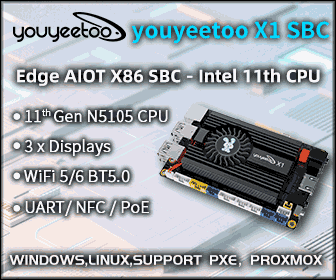Google Announces Android 4.1 Jelly Bean and Releases SDK
Google I/O has begun, and several major announcements have been made including the release of Android 4.1 (Jelly Bean), Google Nexus 7 tablet featuring an Nvidia Tegra 3 processor and running Android 4.1, and the Google Nexus Q media player based on TI OMAP4460 processing and running Android 4.0 ICS. I’ll write about all those announcements today in three different posts. Let’s start with Android 4.1 Jelly Bean. The new version of Google’s mobile operating system includes a smoother and more responsive UI, a home screen that automatically adapts to fit your content, a better predictive keyboard, more interactive notifications, improved Android Beam (NFC) sharing, improved voice dictation (now works offline) and more. Here’s a summary of the key technical changes to Android 4.1: Faster, smoother and more responsive Vsync timing will be used for all drawing and animations to ensure a constant framerate (~62.5 fps). Triple buffering is used […]





